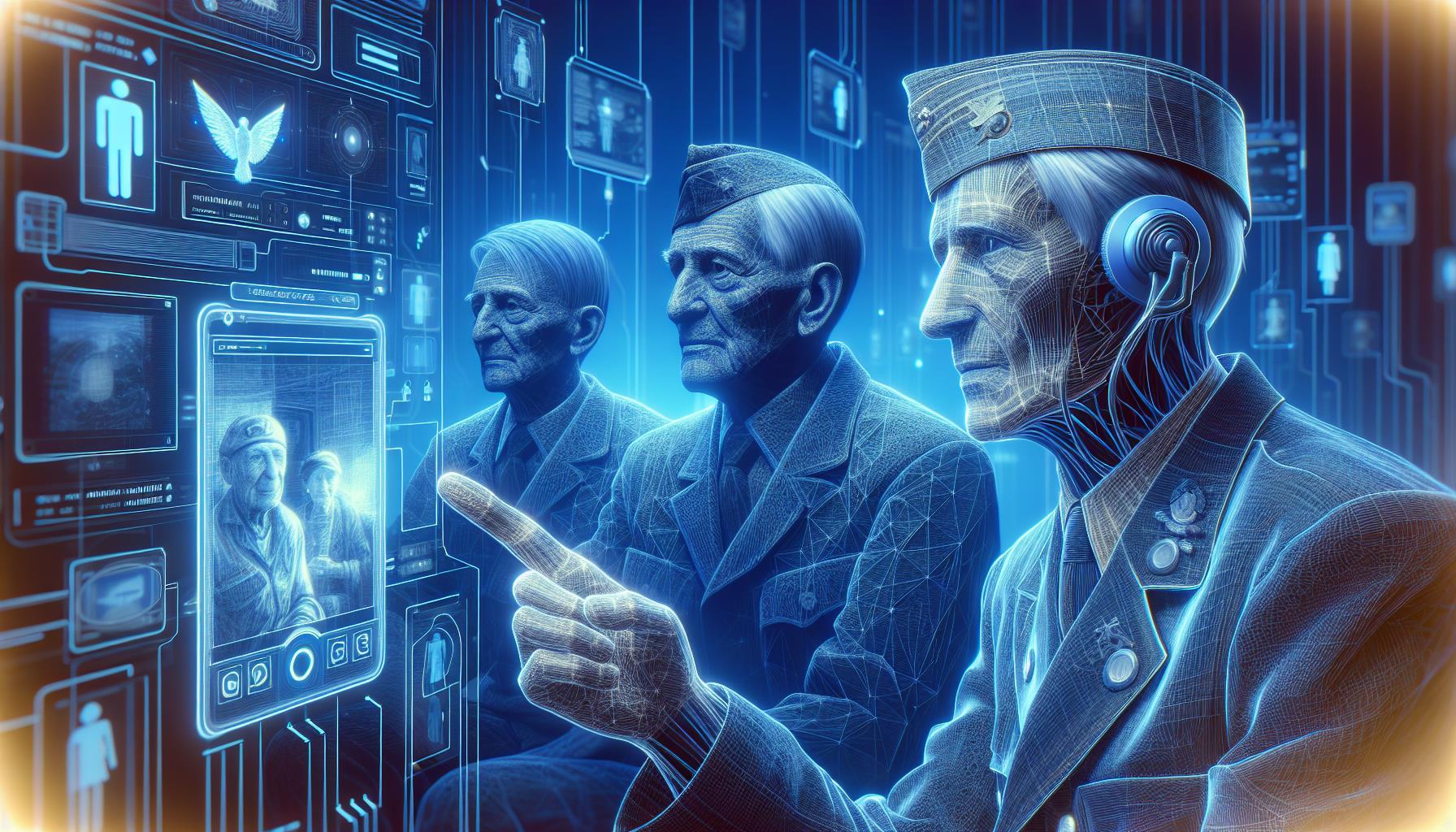The National WWII Museum in New Orleans has unveiled an innovative feature that is capturing the hearts and minds of visitors: AI-aided virtual conversations with World War II veterans. This cutting-edge technology allows museum-goers to interact with digital representations of veterans, providing a deeply personal and immersive experience into the stories and sacrifices of those who served during the war.
The initiative aims to bridge the gap between generations, offering a unique educational tool that brings history to life in a way that textbooks and traditional exhibits cannot. By employing artificial intelligence, the museum ensures that the legacy of WWII veterans continues to be shared and preserved, even as the number of living veterans dwindles.
Technology Behind the Scenes
Developed in collaboration with leading AI researchers and historians, the technology behind the virtual conversations involves complex algorithms and machine learning. These AI systems have been fed thousands of hours of video interviews, personal accounts, and historical documents to accurately replicate the veterans’ appearances, voices, and mannerisms.
The interactive sessions are designed to be as realistic as possible, with the AI responding to visitors’ questions in real-time. This allows for a dynamic and engaging learning experience, where users can delve into various aspects of the war, from major battles to daily life on the home front, through a first-person perspective.
Educational Impact
Educators and students alike have praised the museum’s new feature for its potential to transform how history is taught and learned. By interacting with the AI veterans, students gain a deeper understanding of the human experiences behind historical events, fostering empathy and a greater appreciation for the complexities of the past.
This technology also represents a significant step forward in the use of AI in education, demonstrating how it can be used to create more engaging and personalized learning experiences. As AI continues to evolve, its application in educational settings is expected to expand, offering new opportunities for teaching and learning.
Visitor Reactions
Visitors to the National WWII Museum have expressed awe and gratitude for the opportunity to engage with the AI veterans. Many have reported that the conversations provided them with new insights into WWII and allowed them to feel a connection to a generation that is quickly fading from living memory.
The emotional impact of these virtual conversations is profound, with some visitors moved to tears. The museum’s innovative use of technology has created a powerful tool for remembrance and education, ensuring that the stories of WWII veterans will not be forgotten.
Looking Ahead
The success of the AI-aided virtual conversations at the National WWII Museum has sparked interest in similar applications at other historical sites and museums. As technology advances, there is potential for this approach to be used to preserve and share the stories of individuals from other significant events and periods in history.
This initiative not only highlights the importance of remembering the past but also showcases the incredible potential of AI to enrich our understanding of history. As we look to the future, it is clear that technology will continue to play a pivotal role in education and cultural preservation.
The National WWII Museum’s introduction of AI-aided virtual conversations with veterans represents a significant leap forward in the intersection of technology, education, and history. This innovative feature not only honors the legacy of those who served during World War II but also paves the way for future advancements in how we learn about and engage with the past. As technology continues to evolve, it promises to bring us closer to history, making it more accessible and engaging for generations to come.
